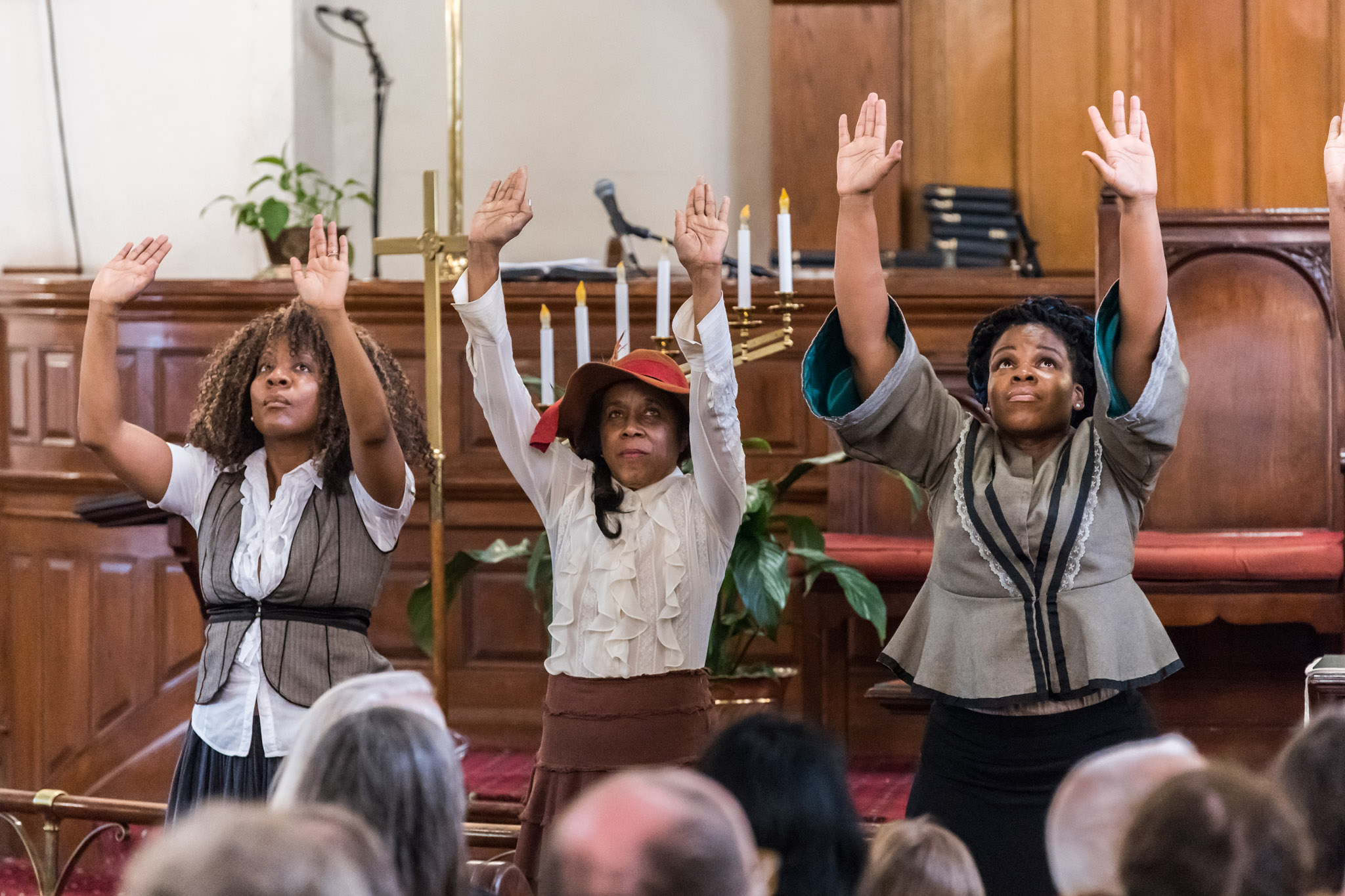FAQs for Philadelphia Fund for Black Sacred Places (PFBSP)
PFBSP provides grants for the planning and execution of projects that expand equitable access to quality community spaces at Black-led historic sacred places, including both capital and program expenses. The grant program, also, provides training for developing capital projects and fundraising.
Community spaces are defined as “freely accessible to the public without membership, ticket, or purchase requirements”.
A congregation can provide ‘equitable access’ to existing spaces within their buildings by advertising hours of operation or designated public access periods which clearly communicate public access to the site.
There is no minimum number of hours that a building must be open to the public.
Yes. Applications will be evaluated on their merits which includes a congregation’s impact on its community.
Up to $10,000 of planning grant funds, and up to ten percent of the capital grants, may be used for salaries or other program expenses directly related to keeping the Community Space freely accessible to the public and operated in ways that are welcoming and inclusive. Planning grant funds cannot be used for staff salaries of existing programs.
The project can repair or improve space for existing or new programs, which again must be freely accessible to the public, at no cost, during posted hours. Outside of the posted hours, this space may be used for other purposes such as for rental.
The capital portion of the grant program can be used for the restoration, rehabilitation, stabilization, and preservation of existing indoor or outdoor spaces, including bricks-and-mortar construction, and associated management of construction and design services. Eligible projects also include bringing a building up to the codes and standards of the City, improving usability or ADA accessibility, and renovating vacant or underutilized space.
- Repairing or replacement of elements of the building exterior or systems such as roofing/HVAC, masonry, etc. that impact the community space.
- Renovating spaces for hosting community programming with groups with which the congregation is in partnership
- Renovations for accessibility, bathrooms, lighting, signage, security for an existing community space to operate in a welcoming and inclusive manner.
- Creating a space for exhibiting artifacts and other items of history of the congregation; and, for community exhibits
- Renovations to convert a space into a community space such as external space for a community garden, playground, or for outdoor community concerts
A percentage of the capital grant funds may be used for this purpose.Your Content Goes Here
The architect does the property assessment, offers the estimated costs and hires structural or systems engineers when needed. Architects may also represent the Owner during construction.
If your building is listed on the Philadelphia Register of Historic places either individually or as part of a historic district, your plans for the work under this grant might need to be reviewed by the Philadelphia Historical Commission. The Preservation Alliance for Greater Philadelphia and your architect will be able to assist with this process and it shouldn’t delay your project’s timeline.
You can email Jennifer at the Preservation Alliance for Greater Philadelphia for help in determining this. Her email is jennifer@preservationalliance.com.
Congregations with existing projects may apply. Architectural, engineering etc. plans for the existing project must be submitted as part of application.
Yes.

